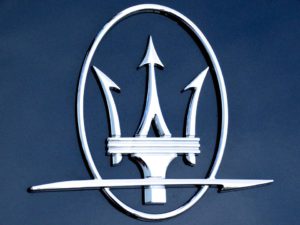
With a starting price for a new Model S hovering somewhere around $90,000 before taxes and after rebates and discounts, the dream of owning a car with built-in autopilot may only become a reality for some if the dream of hitting the lottery comes to fruition shortly beforehand. Tesla’s line of fully-electric automobiles comes with a hefty price tag and, more recently, some degree of danger, if you’re inclined to believe some reports.
In recent months, Tesla and its creator Elon Musk have come under fire for a rash of autopilot-related car accidents that many are quick to blame on the electric car maker.
First came reports out of California that a Tesla Model X set to autopilot accelerated by its own volition, crashing into the side of a building. Luckily, no one suffered serious injuries in the crash. The driver, who was attempting to pull into a parking space at the time, blamed the autopilot feature for accelerating as she pulled into the spot, sending her SUV hurtling forward. Upon examining the autopilot logs, Tesla claimed that the feedback was consistent with user error–ie. The driver accelerated on her own behalf, not the autopilot. As of last update, neither party acknowledged fault for the accident, with Tesla maintaining its findings that the autopilot was not the cause of the crash.
In March, Google’s self-driving cars suffered their first accident that was not blamed on other drivers by the tech giant. Though no one was hurt, the collision between the self-driving car and a bus did mark a historic first, as Google admitted that its car was at fault for the small roadside collision.
More recently, results of autopilot being engaged during car accidents took a grim turn, as a driver was killed when his Tesla Model S hit collided with the side of a tractor trailer. Initial reports indicate that the breaks did not engage, nor did the driver attempt to engage them himself, before the wreck.
Unfortunately, these likely won’t be the last instances of autopilot-related car accidents. The fact remains that even with autopilot, no car is perfect. Quite a large amount of time and an equally unimaginable budget goes into developing the technology that is still imperfect and, according to Musk and Tesla Motors, is still in its beta stage.
The use of the phrase beta stage points to an incomplete and imperfect piece of software, according to Musk. Drivers are asked that, while autopilot is engaged, they remain fully aware and with their hands on the wheel, prepared to take control at any time. These precautions are put into place during the beta test to ensure drivers’ safety on the roads while the autopilot feature continues to improve its ability.
Some have called for a ban on the testing of autopilot driving during Tesla’s beta stage, claiming that it’s dangerous to both drivers and others on the road. However, the only way the beta testing will truly improve is from regular use. The issue of autopilot causing accidents shouldn’t be an issue if the proper precautions are taken and rules are followed to ensure safety.
